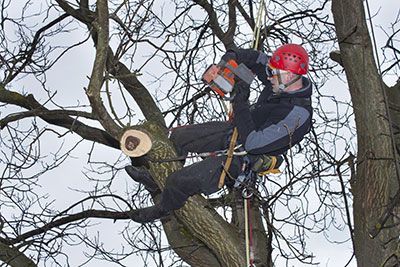Boerne tree service pros
Tree Pruning Boerne, TX
There's no doubt about it: tree pruning is a relaxing pastime. There's something very calming about climbing up that ladder and giving your tree a good prune, feeling as if the world around you took a pause. Yet as much as you might enjoy it, you'd do well to consider handing over your pruning tasks to the professionals. Why? The reasons might be too many to cover on a single page, but we'll give it a shot.
For starters, the person in charge of the pruning should know exactly when the deed should be done, taking weather conditions as well as the tree's type and characteristics in question. It might seem like a good idea, but you should never consider pruning a tree because "it looks ready" – at the very least, you should ensure that the season is right before commencing.
TREE PRUNING IN BOERNE, TEXAS
Call 830-331-5588


Without a doubt, tree removal is a daunting task. However, we find that those attempting to remove a tree without the help of professionals often end up dealing with something even more difficult: the damage that a falling tree can cause to nearby structures and objects.
Among the biggest problems of DIY tree removal is the inability to correctly assess the tree's height, as well as estimating its falling trajectory. All of these things need to be taken into account before the first inch of metal starts burrowing into the tree's side.
Ball moss is more of a nuisance than it is a danger. Yes, you might have seen it hanging around sickly or dead tree limbs, but only because such a low-light environment is perfect for it to thrive.
Because it replicates so quickly, ball moss can be difficult to remove even by experts. Even the most complete ball moss removal job is almost guaranteed to leave behind a seed from which new moss can grow.
And what about the amount you'll cut off – do you know how much pruning is ideal? If not, you risk injuring a tree even in its off season. Dormant or not, no tree is ready to handle huge chunks of it being chopped off by someone lacking expertise. Instead, pruning should be done by those who know exactly how much to cut off and when to do it.
Now, all this talk might have you wondering whether pruning is a good idea at all or if it's simply an unnecessary action that might bring about more harm than good. As dangerous as it can be for a tree, pruning absolutely needs to be done in accordance with a strict schedule (as well as making out-of-schedule cuts when the need arises). Pruning improves the flow of sun and air to the tree – both vital nutrients that no tree can live without. An overgrowth of branches can often lead to a lack of fresh air around the trunk, creating the perfect environment for pests and bacteria to thrive. Likewise, a constant stream of sunlight reaching every part of the tree is necessary to have long-lived trees that look and feel good.
Like other living organisms, trees are prone to attracting bacteria and fungal growth that can spread and infect other, healthy parts of the tree. A sickly tree will be more susceptible to broken limbs or even being broken in half, and will also look nowhere near to what it would if it was healthy. The key to successful pruning – aside from having the right schedule – is timely removal of broken or infected branches. The longer these branches are left on a tree, the greater the chance that a bacterial infection will spread and make our job more difficult. If you'd like to maximize your tree's vitality and longevity, give us a call as soon as you notice some broken branches or ones whose appearance notably deviates from the rest of the tree, even if it's not yet time to do the regular seasonal pruning.
